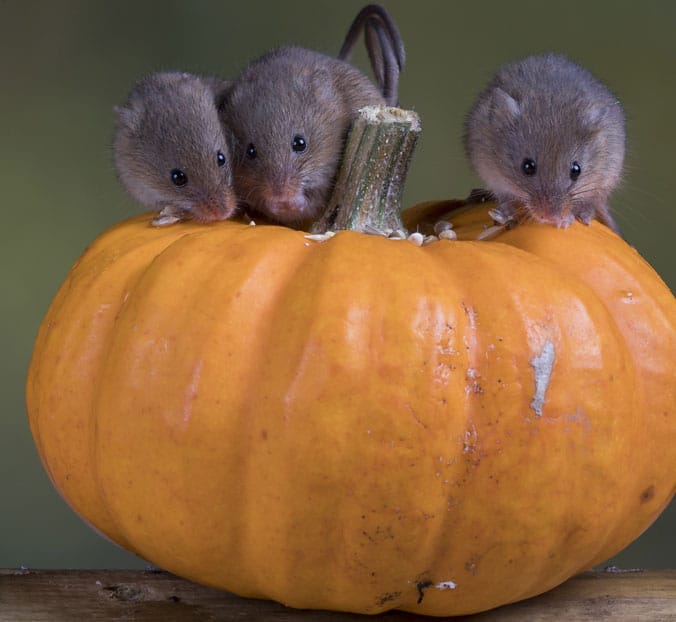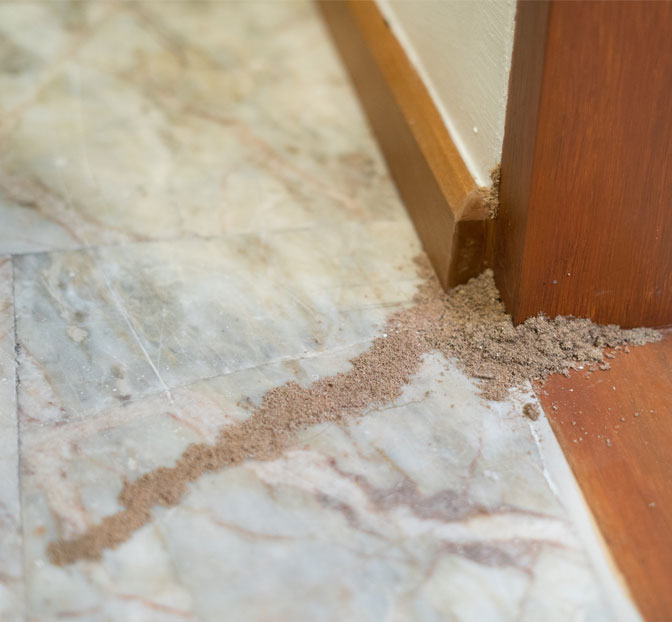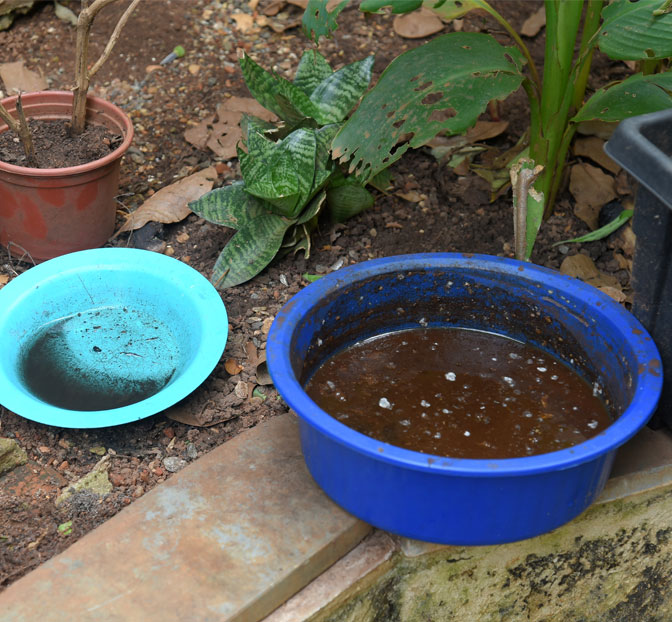Tucson’s 2021 monsoon season finishes as the third-wettest on record. More rain causes more vegetation, which means more pesky mice and pack rats. This winter, we are seeing a population explosion of rodents.
Here in Tucson, mice and pack rats don’t hibernate because of our warmer client. Starting in the fall, the cooler climate drives mice and pack rats to “relocate” into human homes especially if the monsoon floods destroyed their nests. Most of our customers don’t even notice the arrival of these pests, since rodents locate themselves in the attic, inside walls, or in an attached garage.
Did you know?
ONE MOUSE CAN TURN INTO MANY MICE … QUICKLY!
A female house mouse can give birth when they are only two months old, and they are able to have to up to a dozen babies every three weeks. This means she could have as many as 150 offspring in a single year! If you spot a mouse in your home, it is safe to assume there are more or there will be soon.

How do pesky mice and pack rats get inside your home?
Rodents are like tiny little gymnasts and Houdinis combined! They only need an opening the size of a dime to squeeze in. They enter homes through cracks in flooring and walls, siding, insulation, and even the gaps around drain pipes and wires. Mice and pack rats can jump a foot in the air, making it easy to get into kitchen counters and pantries.
6 Ways you can keep your home free of Mice And Pack Rats
November is a month full of good things – Thanksgiving, pumpkin pie, tables full of family members.
Unfortunately, it is also the month to be most watchful for those uninvited visitors that try to enter your home.
To keep your home rodent-free this season, try these 6 ways to make your home unappealing to curious mice and pack rats.
-
1. Keep food under wraps especially during the holidaysThe best way to prevent mice and pack rats is to remove all traces of food that rodents may be able to get to, including Thanksgiving crumbs on countertops or bits of food in the kitchen sink. Store cereals, beans, and grains in sealed containers instead of the packages they came in. Mice can quickly chew through cardboard or lightweight plastic containers, so we suggest glass or heavy-duty plastic containers.
-
2. Look for signs of rodent activity1.) You see rodent droppings near food packages, in drawers or cabinets, under sinks, and in dark hidden areas. 2.) Your see gnaw marks. The size of the gnaw marks will tell you if you have rats or mice. 3.) There is a foul odor. Rodents have a nasty habit of urinating wherever they go. 4.) There are tracks and runways. Rodents travel along the same pathways between their nest and food source. 5.) You find nests. Rodents will create their nests from materials like paper, cloth, or cardboard to make their nests.
-
3. Hidden food sources in your garage attract rodentsFor many homeowners, mice and pack rats will enter the garage before entering the house. This fact often surprises Conquistador Pest Control customers, as homeowners believe there are no food sources in the garage. However, they are mistaken. Bird food, pet food and other edible odds and ends (even cardboard) that tend to pile up in garages are very attractive to rodents. Even cookie crumbs left over from cleaning your car is a gourmet treat for a mouse. If you must store food sources in the garage, make sure you seal them in a tight metal or heavy-duty plastic container.
-
4. Small openings and cracks in the home at great entry points for mice and pack ratsRodents can squeeze through surprisingly small openings. The typical house mouse can squeeze through a hole the size of a dime. Check all the spots around your home where openings may be, like where utility cables and plumbing come in. The most important prevention measure you can take is seal as many gaps and cracks as you can find. The Centers for Disease Control (CDC) suggests filling holes with steel wool and caulking around them. Wherever possible, install metal screens with a small wire gauge over roof vents and under the eaves. The ventilation will work just as well, and you’ll eliminate easy entry.
-
5. Clean your homeYard debris, old newspapers, packing material from shipping boxes, and the boxes themselves, are all top choices for mice and pack rats to use for construction of their nests. Use plastic boxes with tight-fitting lids to store paper items. The less of this stuff you have laying around, the better.
-
6. Check for your car for potential nesting spotsRats and mice are attracted to the warmth and shelter that your car engine offers, so if you have a car that you don’t drive frequently, check under the hood or leave the hood open if the car will be sitting for a while. Keep an eye on your car’s wiring, too, because rodents may be chewing your wiring.
If you see signs of rodent activity or you want to avoid a mice situation entirely, give us a call at (520)624-5901. We can take care of your mouse problem long before your first holiday guest rings the doorbell.
The chewing instincts of mice and pack rats can be quite destructive
Rodents are not only dangerous, they are fast, sometimes causing thousands of dollars of damage in only one night.
One Arizona resident learned this when he parked his car under a shady Mesquite tree for a few weeks. When he opened the hood of the car he found the engine compartment filled to the brim with mesquite pods with many of the wires chewed through. Getting that pack rat infested car running again was not cheap!
Even more hazardous, rodent chewed electrical wires cause fires. According to some estimates, as much as 25% of fires of unknown cause may be attributed to exposed wiring from rodents.

When you need mice removed from your home, be sure to call Conquistador Pest & Termite for safe solutions.
Call us today for more information or visit our services page. You won’t regret it!
Sources
-
Don't Invite Rodents to Thanksgiving dinnerDon't Invite Rodents to Thanksgiving dinner
-
How to Prevent Mice from Nesting This FallHow to Prevent Mice from Nesting This Fall
-
Protect Your Home from Rodent InfestationProtect Your Home from Rodent Infestation







